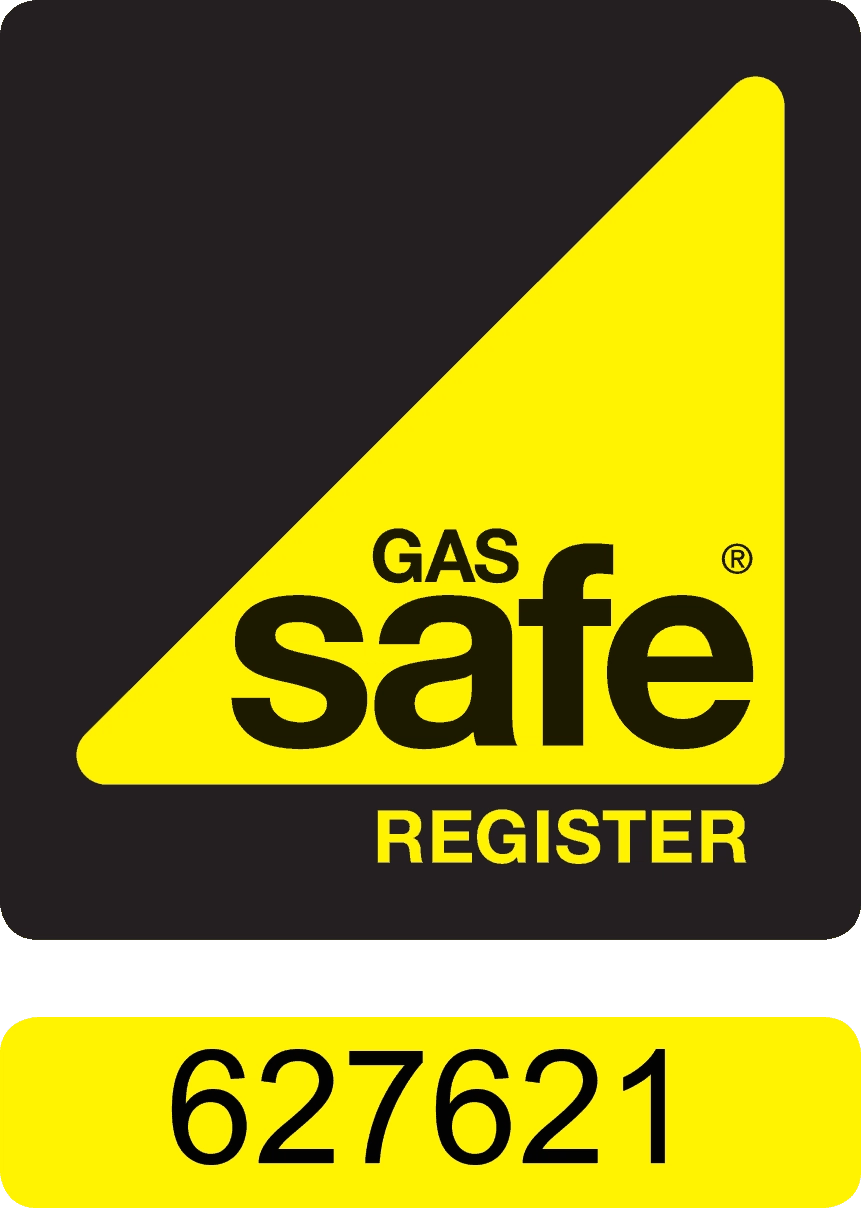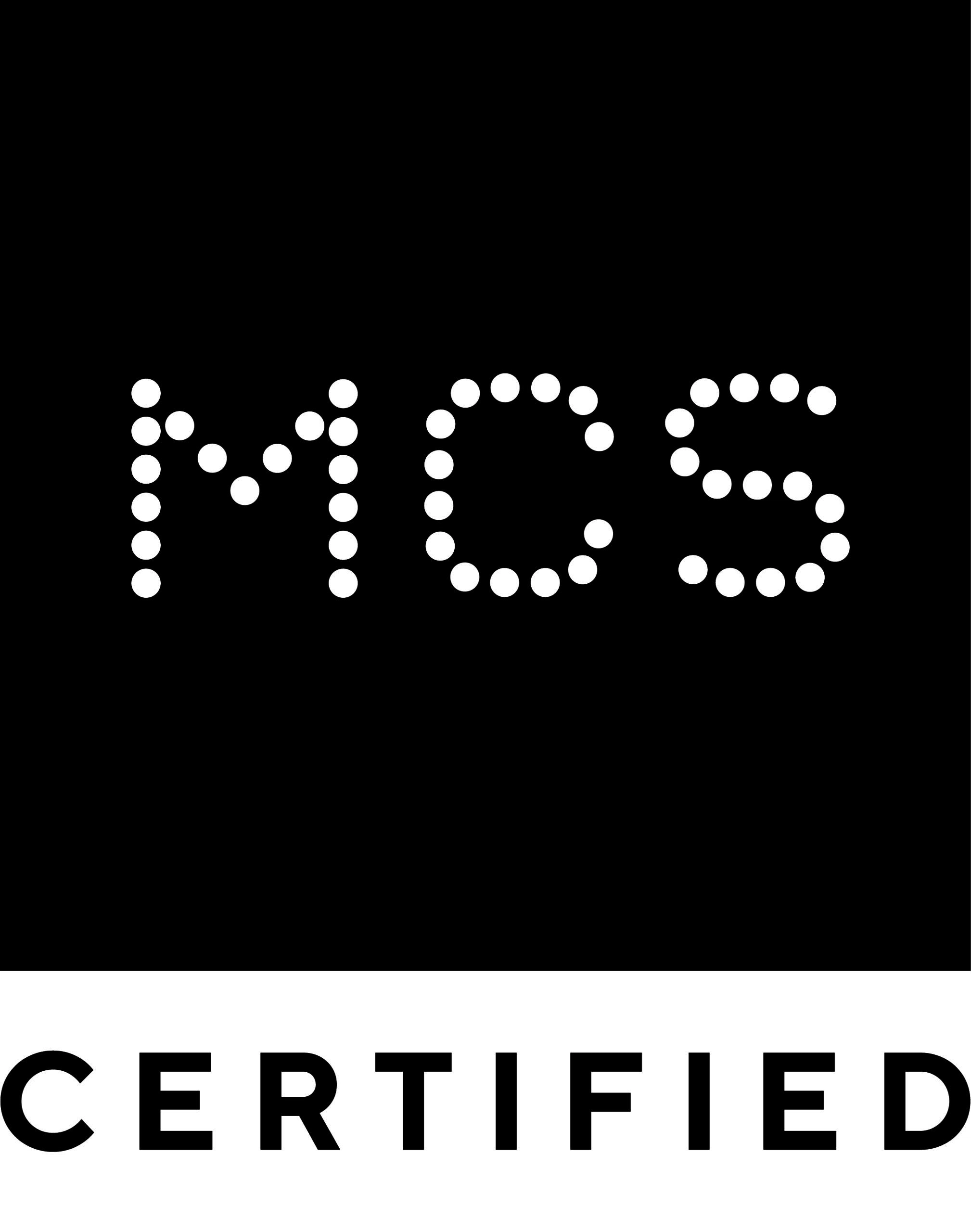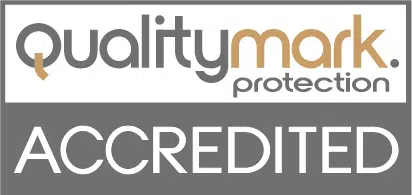Increase Your Home’s Energy Efficiency With Internal Wall Insulation Grants
Could your home benefit from cavity wall insulation? Are you experiencing high energy bills and an uncomfortable home due to the cold? If so, you might not realise that there are government grants for cavity wall insulation out there, just waiting for you to apply.
Why Choose Internal Wall Insulation?
Warmth leaks out of homes through uninsulated walls. This results in higher energy bills as you turn up the heating to compensate for the heat loss. If your home has solid exterior walls, as opposed to cavity walls, insulating them on the inside costs less than external insulation.
Installing or upgrading internal wall insulation (IWI) makes your home more energy efficient and comfortable, and you’ll enjoy long-term savings.
Types Of Internal Wall Insulation
Walls can be insulated internally in various ways.
- Fixing rigid insulation boards to the wall.
- Constructing a stud wall and filling it with material such as mineral wool fibre.
- Applying rolls of flexible thermal lining.
- Using a mix of plaster and insulating material such as cork.
Insulation boards and stud walls are the most effective insulation methods.
Stud walls are stronger than insulation boards so they can more easily bear the weight of wall fittings such as cupboards and shelves. But they’re often thicker, which takes up more floor space.
Internal wall insulation can be up to 50 percent cheaper than external wall insulation.
Benefits Of Internal Wall Insulation
Thermal internal wall insulation by Effective Home prevents home heating from going to waste. This improved thermal performance makes your home more comfortable, with lower energy bills and better air quality, with no drafts, damp or condensation. It also dampens noise transfer.
Internal wall insulation can also improve your Energy Performance Certificate (EPC) rating and increase the value of your property. Well-insulated homes are more attractive to potential buyers and tend to sell at higher prices, too.
Internal Wall Insulation Costs And Savings
The cost of internal wall insulation can range from £4,000 to £13,000, depending on the size and type of your property. This is a significant investment in your home but it can save you up to £930 a year on energy bills, meaning you’ll eventually make that investment back and then some.
Insulating the inside of exterior walls in a standard three-bedroom semi-detached home costs around £7,500. It reduces heat loss by up to 45 percent. This cuts energy bills by £380 a year and reduces carbon emissions by 880kg.
With an internal wall insulation grant, we can do the work at a substantially reduced price or even for free.
Government Grants For Internal Wall Insulation
The main wall insulation grants you could qualify for are:
Great British Insulation Scheme
ECO4 Scheme
Are You Eligible For An Internal Wall Insulation Grant?
ECO4 is the fourth and final phase of the Energy Company Obligation, which requires energy suppliers to help ease fuel poverty and reduce carbon emissions.
ECO4 has £4 million of funding and is expected to run until the end of March 2026, helping households with a low Energy Performance Certificate rating and struggling with fuel bills.
Internal wall insulation grants are available to low-income households getting a means-tested benefit such as Universal Credit or Income Support. Unsure if you qualify? Check with our expert team today.
ECO Flex – also called LA Flex (Local Authority Flexible Eligibility) – makes internal wall insulation grants available to more households. Local councils set their own funding conditions for people struggling to heat their home without the help of a means-tested benefit. That means if you don’t qualify under ECO4, there’s still a chance under ECO Flex.
Like ECO Flex, the £1 billion Great British Insulation Scheme also widens the scope of grant eligibility for internal wall insulation.
Formerly known as ECO+, the scheme helps households that don’t get benefits and whose homes have a poor EPC evaluation and are in certain council tax bands. Funding is decided on a case-by-case basis. Some households get free internal wall insulation while others have to pay a little towards the cost – this will be determined by the scheme provider based on your household income and other relevant factors.
Like ECO4, the Great British Insulation Scheme is scheduled to run until March 31, 2026.
It pays to insulate your home
Reduce your home’s carbon footprint by up to 1300kgCO2 a year
With insulation
Apply for ECO funding or other grants if eligible
Internal wall insulation is worth considering if you live in an older property with solid stone or brick walls (without a cavity). It will improve living conditions and result in big savings on heating costs.
However, internal wall insulation is more disruptive than external wall insulation, and you may want to move out of the rooms during the work. This is why homeowners often choose to insulate walls internally when they’re having other home upgrade work done, to prevent further disruption.
Why Choose Effective Home?
Effective Home is endorsed by the government as experts in carrying out the internal wall insulation work it funds. We’re also adept at helping our customers find the best insulation grants and insulation solutions for their homes.
With our help, you’ll never miss out on the internal wall insulation funding you’re entitled to. All you need to do is give us a few details and we’ll get to work on your behalf.
Trusted and Accredited











Internal Wall Insulation FAQs
Internal Wall Insulation FAQs
Various types of materials can be used to insulate a solid wall internally, including:
- Rigid insulation boards such as polyurethane (PUR) or polyisocyanurate (PIR) boards.
- Rigid foam insulation boards such as extruded polystyrene (XPS) or expanded polystyrene (EPS) boards.
- Mineral wool insulation such as rock wool or glass wool.
- Natural fibre insulation such as sheep wool or wood fibre.
Do I need planning permission for internal wall insulation?
Planning consent isn’t typically needed for internal wall insulation. However, if your home is a listed building or in a conservation area, you should consult your local planning authority.
How long will internal wall insulation last?
You can expect your internal wall insulation to last at least 25 years. Some insulation is made of natural materials, which eventually degrade. Synthetic insulation materials can last for almost 100 years.
How much will internal wall insulation cost me?
Effective Home can tell you the cost of insulating your walls internally after carrying out a home survey, on site or remotely.
If you can get government funding, the final price will be significantly lower. It could even cover the entire cost.
Contact us now to get a free, no-obligation internal wall insulation quote.